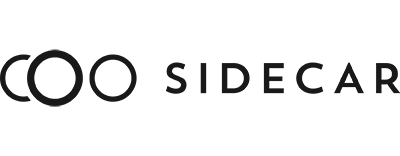Most of us entered practice considering 3 basic ways to launch our careers:
- Start a brand new practice from scratch
- Work as an independent contractor
- Work as an employee (associate)
There are risks and benefits to all three; but what if there were a way to harness most or all of the benefits, while limiting the risks? That’s where the Successor model comes in.
Established doctors have huge advantages, especially in terms of experience and inertia. Unfortunately, newer doctors often lack business experience and typically carry tremendous debt loads, making starting out difficult and risky–especially when they are also relatively unattractive to lenders. Down the road, working with or for another doctor too often means conflicting interests that result in acrimonious splits that are costly and disruptive, often requiring the junior doctor to relocate (non-compete clause) and the senior doctor to start the cycle over by hiringa new doctor. Too often, the classic “associateship” just doesn’t work long-term for anyone.
The Successor model was the brainchild of SIDECAR. SIDECAR recognized the challenges of starting out, as well as the senior doctor’s interests, and aligned all parties’interests using their proprietary systems. With the Successor model, the new doctor (“Dr. New”) is never the junior doctor. From Day 1, he or she serves as an equal, a partner, with multiple doctors serving a single patient base. This requires a very intentional match of styles, techniques, goals, and personalities. In the Successor model, doctors provide patients with similar or identical care within the practice’s trademark style, avoiding personality-driven care, patient preferences, and egos.1
The Successor model also protects Dr. New from the senior doctor’s whims and moods. In the classic “associate” model, too often the senior doctor discovers he(or she) is making good money off the energetic younger doctor and moves the goal posts for a buy-in/buy-out; or egos get in the way and the partnership becomes an unhealthy competition. With the Successor model, Dr. New has a contractual right to buy into the practiceupon achieving set benchmarks. This protects him or her, setting the goal posts from Day 1. The Successor model allows Dr. New to learn the ropes without the risks of starting a new practice, independent contractor status, or associateship. Dr. New learns from the senior doctor, and the senior doctor eagerly mentors in order to grow the shared practice towards its potential. From Day 1, the model is a true partnership.
The Successorship model isn’t only about practice transition and sale. The senior doctor may want to sell sooner, or later; but another valid reason (beyond transition planning) for diversifying and growing the practice is flexibility. Perhaps the senior doctor wants to be able to take some spontaneous time off –or even extended time off. Perhaps the senior doctor wants to avoid working Saturday mornings, but the practice needs to serve that niche. The single practice, multiple doctor model that is Successorship offers all of these options and strengths. Another advantage of the Successorship model is financial. In addition to mitigating start-up costs for Dr. New, lenders will look favorably upon Dr. New when he or she applies for financing. A single practice served by multiple doctors means that Dr. New is purchasing a known, highly-lucrative, thriving business. Essentially, Dr. New is purchasing into his or her own practice at that point. The patients already know, value, and love Dr. New. Dr. New knows the staff, and they recognize him as their supervisor, boss, and respected mentor. Dr. New knows all the business systems and the books. It’s a seamless, relatively low risk path to practice ownership that allows the senior doctor to grow and/or pass on a legacy, and Dr. New to proudly carry that torch forward to new levels of success.
For more information contact Dr. Shaye at pchiro@performancechiropractic.com, or SIDECAR
1See also The E-Myth Chiropractor: Why Most Chiropractic Practices Don’t Work and What to Do about It by Michael E. Gerber and Frank R. Sovinsky, D.C.

